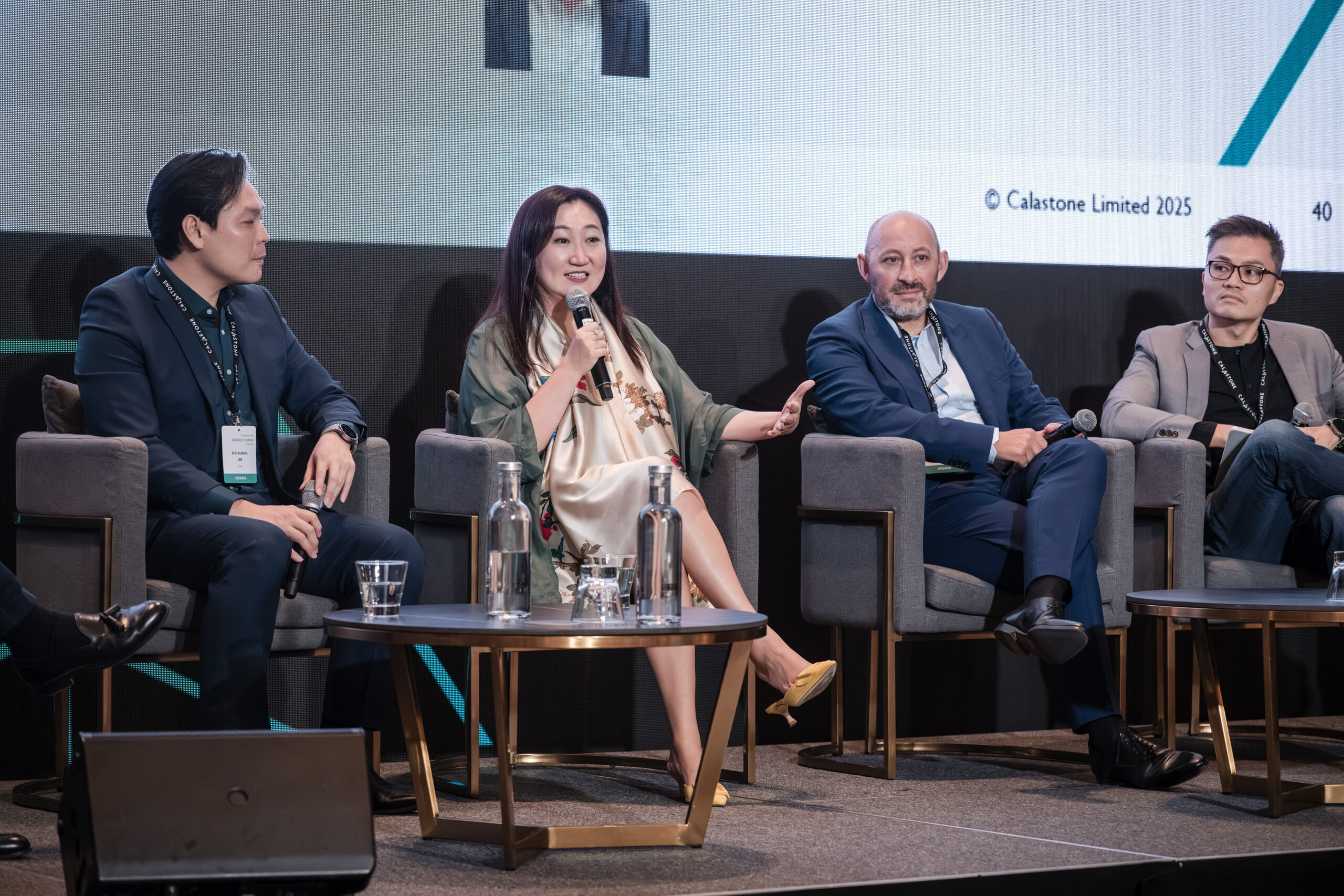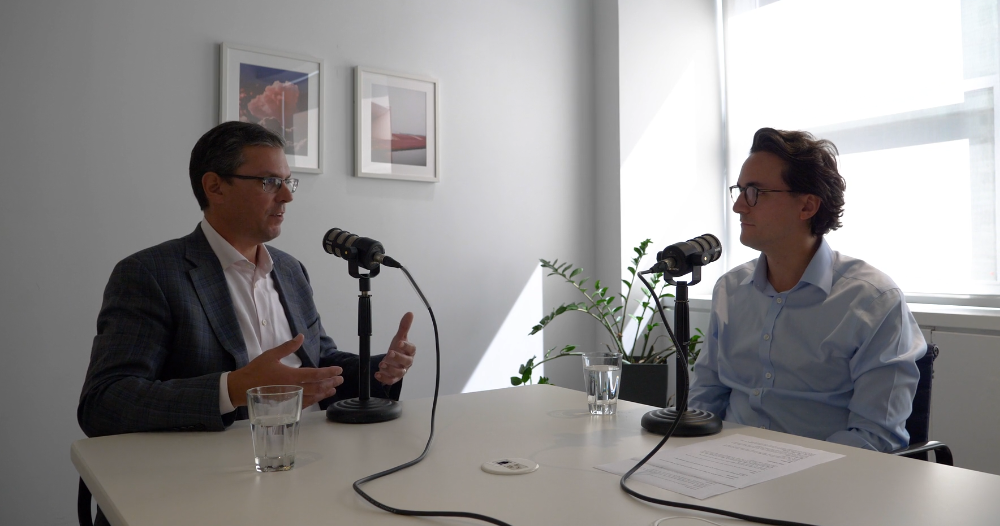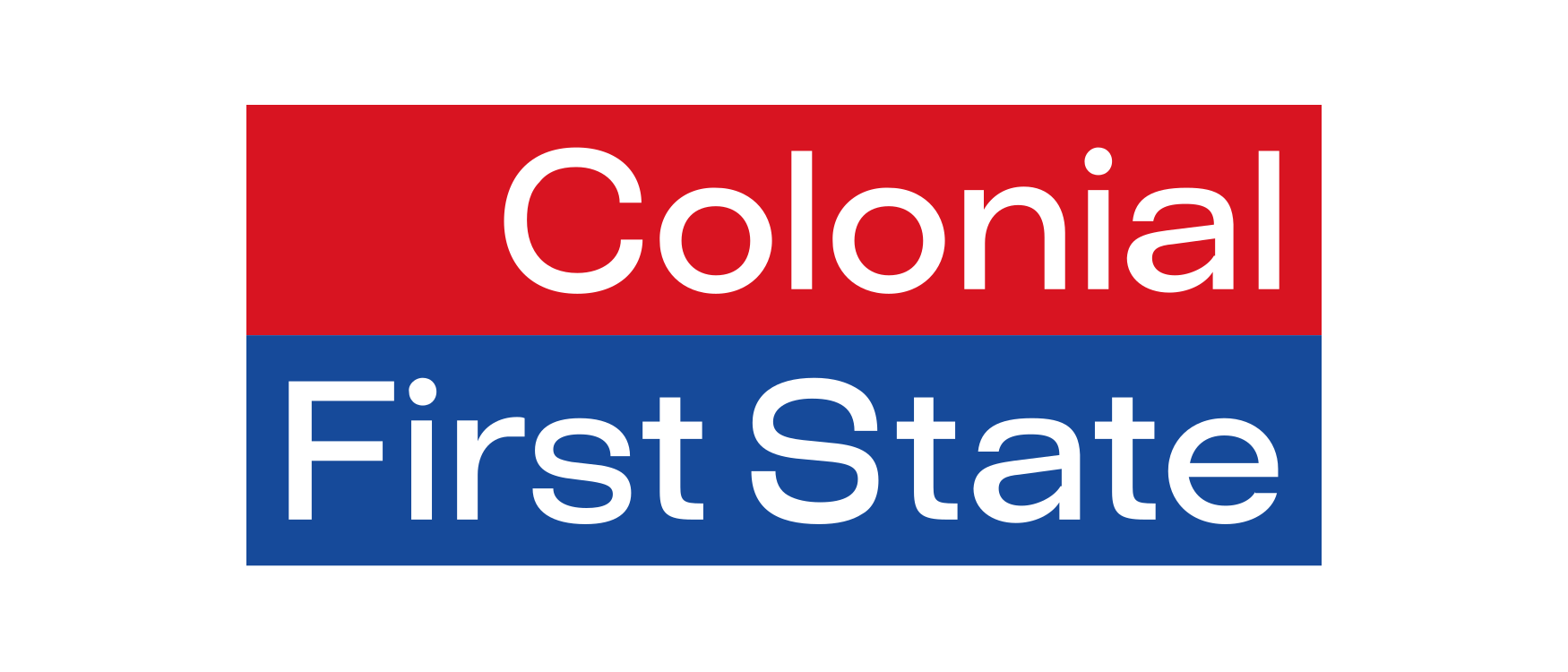It took time but tokenisation has moved beyond proof-of-concept and into yielding real use cases, says Adam Belding at tech firm Calastone. With a number of myths bursting, he says the industry and regulators now see a clearer pathway ahead.
Though still in its infancy, tokenisation will have gained more fans in 2024. This year the list of tokenisation use cases grew longer and regulators appeared to warm to the idea that the legal framework could absorb the transformational opportunities offered by the technology. There is also a wider appreciation of public blockchains, and most people by now can separate tokenised assets in their minds from volatile cryptocurrencies.
Industry experts like Adam Belding, chief architect at fund transaction network Calastone, are uniquely positioned to shed light on tokenisation’s progress after working with distributed ledger technology (DLT) for over ten years. He provides an honest reflection on the progress, challenges, and future of tokenisation.
“It is true that there is no mass usage of tokenisation just yet,” Belding says. “But there has been massive progress – particularly in the past year – and remember that this is a big transformation, still in its early stages.”
He pointed to major progress in establishing real use cases – for example, the use of tokenised money market funds as collateral, which has “incredible value” for Calastone’s clients, he says.
Over the past two-and-a-half years, Belding notes much more positive focus on tokenisation from regulatory bodies. “Regulators see tokenisation as a potential competitive advantage for the regions they are responsible for” he says.
Countries like Singapore and Germany are becoming hubs for tokenisation, while the European Union’s Markets in Crypto-Assets (MiCA) regulation provides a solid framework for the region. And almost a year ago in the UK, the Financial Conduct Authority welcomed a Technology Working Group report on fund tokenisation models, saying the report set out how firms could develop such models within the existing legal and regulatory framework.
Regulatory interest has also helped separate the discussion of tokenisation from the broader and often more controversial realm of cryptocurrencies. “Regulators have managed to separate true crypto from tokenisation. They now see tokenisation as a way to represent ownership and entitlement, distinct from the volatile world of cryptocurrencies,” says Belding.
Public vs. private blockchains
He also discusses the ongoing debate between the virtues of public and private blockchains. This is a key issue in the development of tokenisation.
“The original idea of networks like Bitcoin is about decentralised finance (DeFi), not about one entity owning the network,” he explains. But some major financial players, including banks, are attempting to build private blockchain ecosystems. “Just as Facebook emerged as the dominant social media platform, one bank could eventually become the de facto standard for a regulated blockchain that others use.”
This battle between public and private blockchains has spurred discussions on interoperability. However, progress has been slow. “Interoperability is still in its infancy. It has a long way to go,” Belding says, adding that while public blockchains may seem more genuine to purists, they’re not without their flaws.
“At the end of the day, it’s just a bunch of servers running together, and you’re still paying for it.”
Calastone’s approach has been to develop a private blockchain for complex, application specific, asset management use cases, but one that can link to multiple public blockchains. “Our strategy is to create a private blockchain linked to numerous public blockchains, and then integrate it back into the traditional financial networks,” he says.
Debunking myths
One of Belding’s key roles, he says, is explaining the limitations of tokenisation. “Placing funds on the blockchain is unlikely to immediately attract a wave of young, tech-savvy Gen Z investors. The transfer of wealth to younger generations is a multi-decade event,” he says.
Another most-spoken-about benefit of tokenisation is instant settlement. “However, this is only possible if the cash and the asset are natively on the same blockchain, or if credible interoperability exists between many different blockchains. But both of those are acknowledged to be large and complex challenges for the ecosystem.”
Belding also points out that some of the more practical tasks, like dividend distribution, could actually become more expensive and complex on blockchain due to the number of transactions involved.
“Most dividend distributions trigger thousands of transactions, which could be costly,”. But on the plus side, says Belding, this is recognised by many blockchain technology developers, who have initiatives underway to address some of these limitations.
The future of tokenisation
Belding remains optimistic about the future of tokenisation. “It has a whole ecosystem that could change the financial services industry,” he says. Calastone, for its part, is placing two significant bets on the technology.
The first is in the realm of fund manufacturing and servicing, where Belding believes DLT can streamline data management alongside custody and accounting. The second area concerns fund distribution.
“Calastone sees itself as a gateway for funds into the new blockchain and DeFi systems,” he says. “If a firm’s funds are already on our network, we can connect them to any blockchain and make fund management cheaper.”
In Belding’s view, tokenisation’s real potential lies in simplifying back-office processes. “If all the assets a firm invests in were tokenised, their back office would become much simpler. There’d be no need for connections to various exchanges, and they could benefit from 24/7 trading.”
For now, though, tokenisation remains a work in progress, albeit advancing. The industry still has a long way to go before it realises the full benefits of this revolutionary technology. But as Belding notes: “More and more people are starting to get it.”
(First published in Funds Europe October 2024: https://funds-europe.com/tokenisation-what-we-have-learned-so-far/)





















